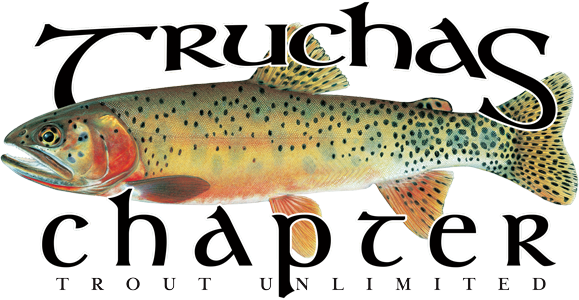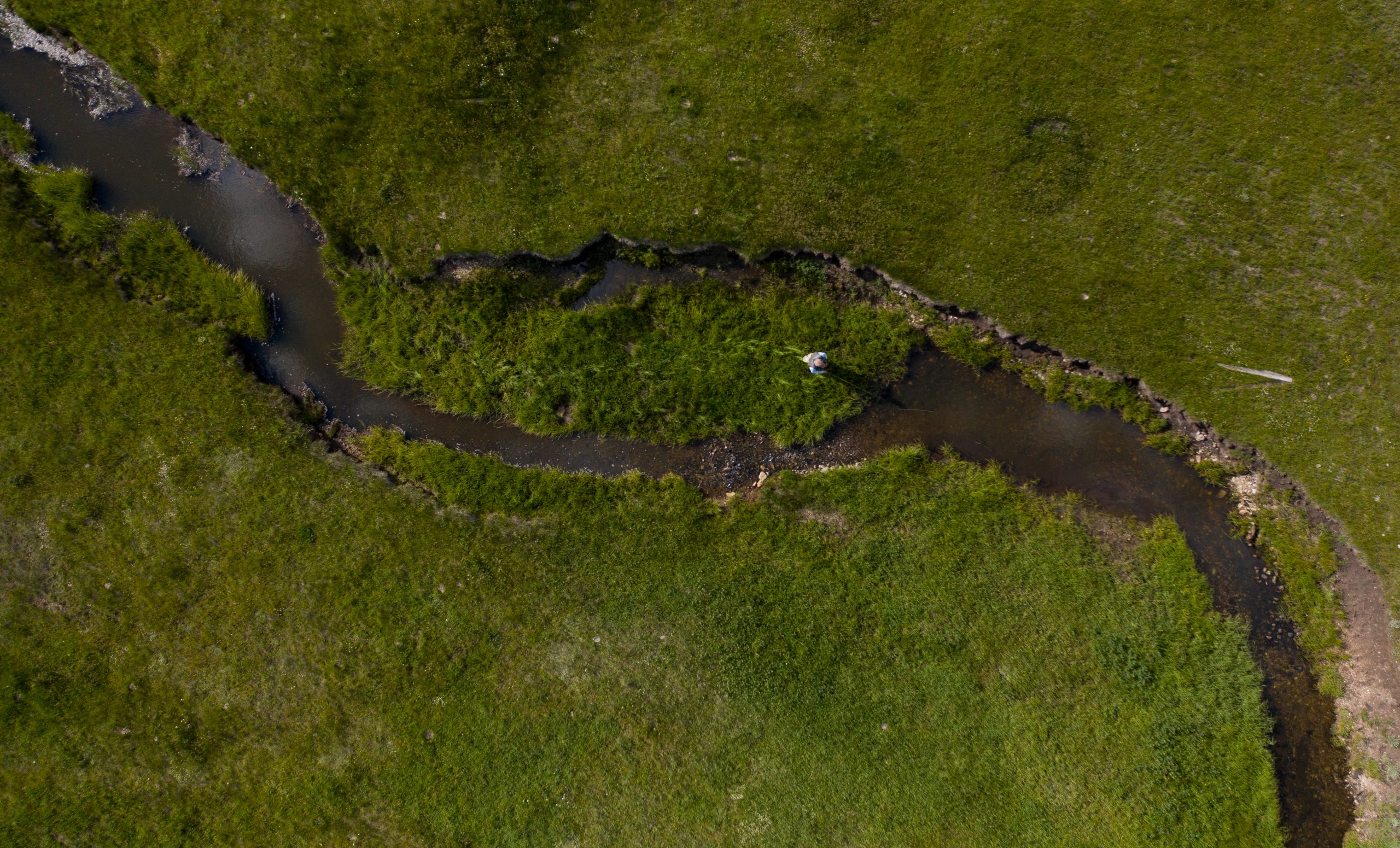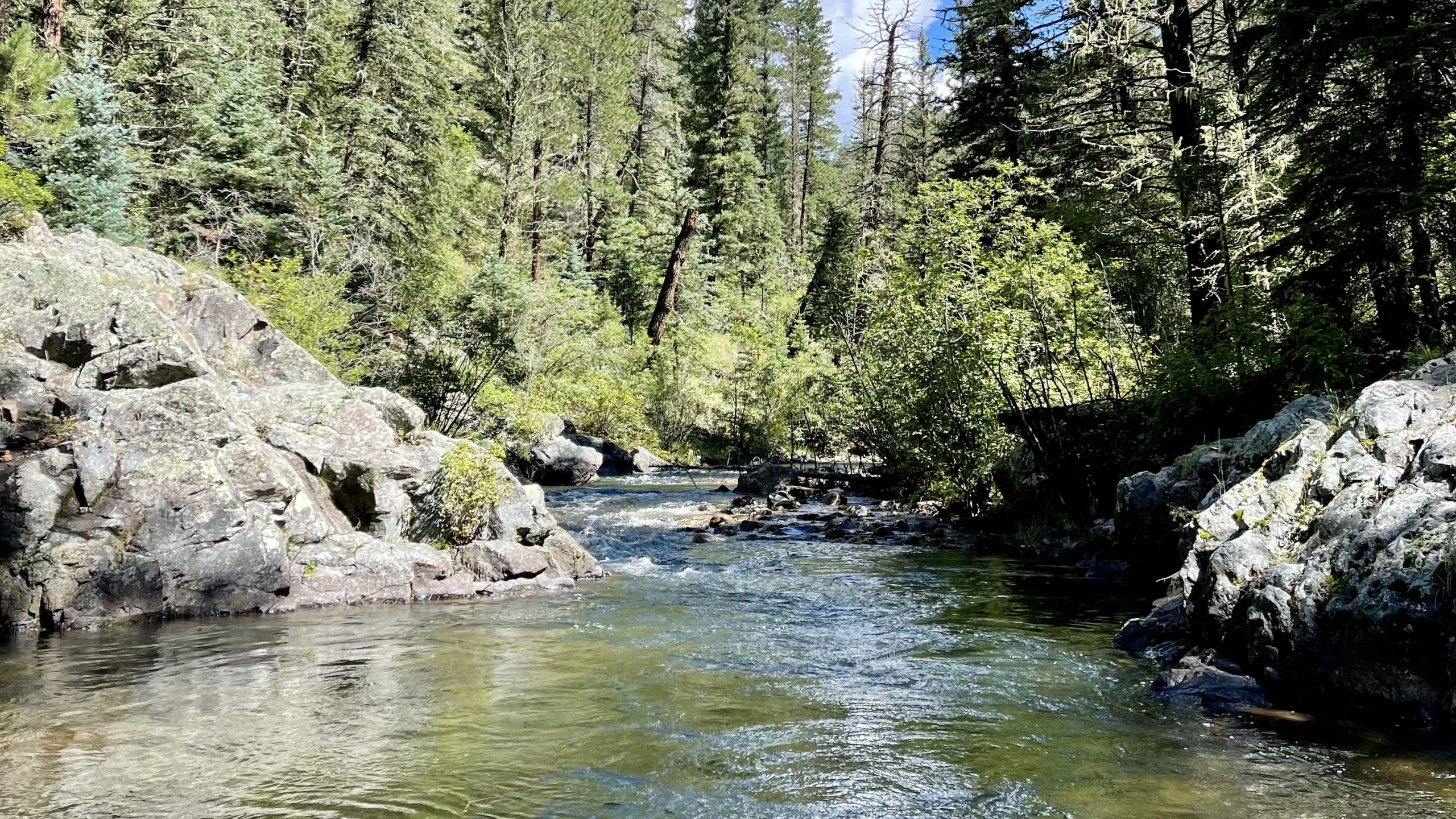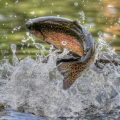I have too many fond memories of the Pecos River to count on both hands and both feet. Growing up in Santa Fe, it was the river my father took me to the most because it was the closest. He used to joke that I caught my first fish on the Pecos when I was three weeks old (really, it was my mother who caught the fish, but I was a newborn in her arms when it happened).
Since that day, I’ve spent countless hours on that river—celebrating birthdays at Windy Bridge or Dalton, hunting snakes and frogs as a kid, camping with friends up by Jack’s Creek, fishing alone with my dog above the Hamby cabin, hiking to Pecos Falls with my now-wife, and spending endless days searching for fish with my father. To me, the Pecos is more than just a river—it’s an old friend. It’s a very special place, and if you ask anyone from the area, they’ll likely agree.
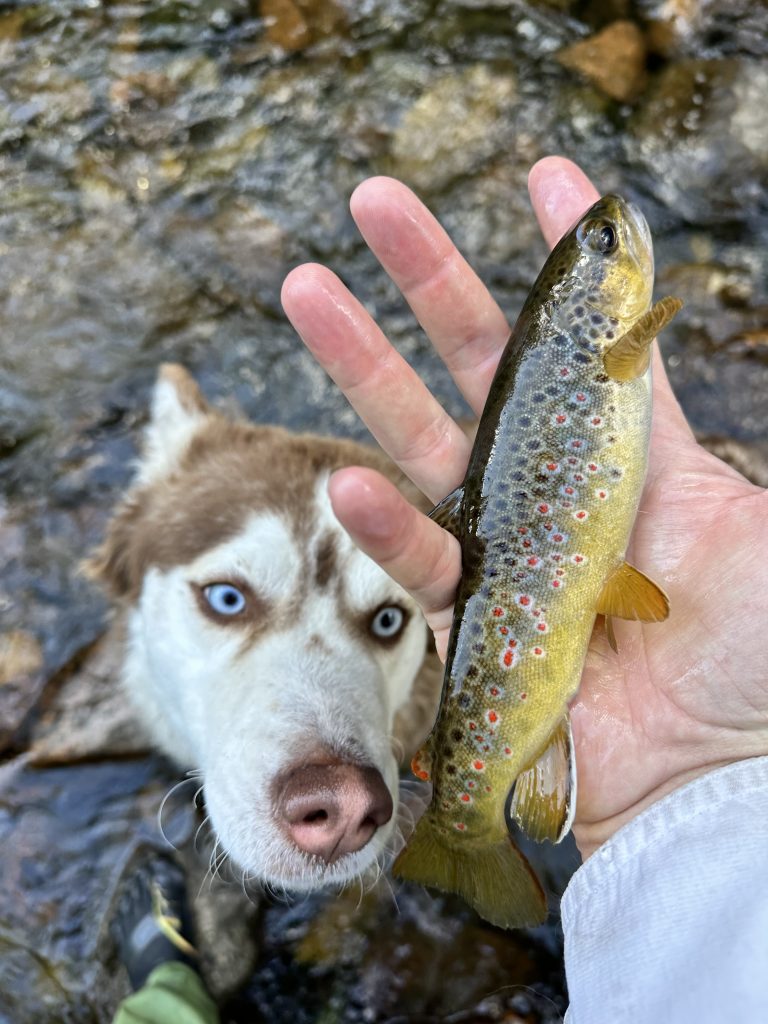


I honed my dry fly technique using Elk Hair Caddis to catch dozens of browns on summer days. I landed big rainbows on Copper Johns almost year-round. I learned that Woolly Buggers were deadly at dusk and paid close attention to stonefly hatches, capitalizing on the feeding frenzy by matching their size and patterns. I owe my lifelong love of fly fishing to my father and the Pecos River. I hope you get to experience this place. What follows is some practical advice for making the most of it.
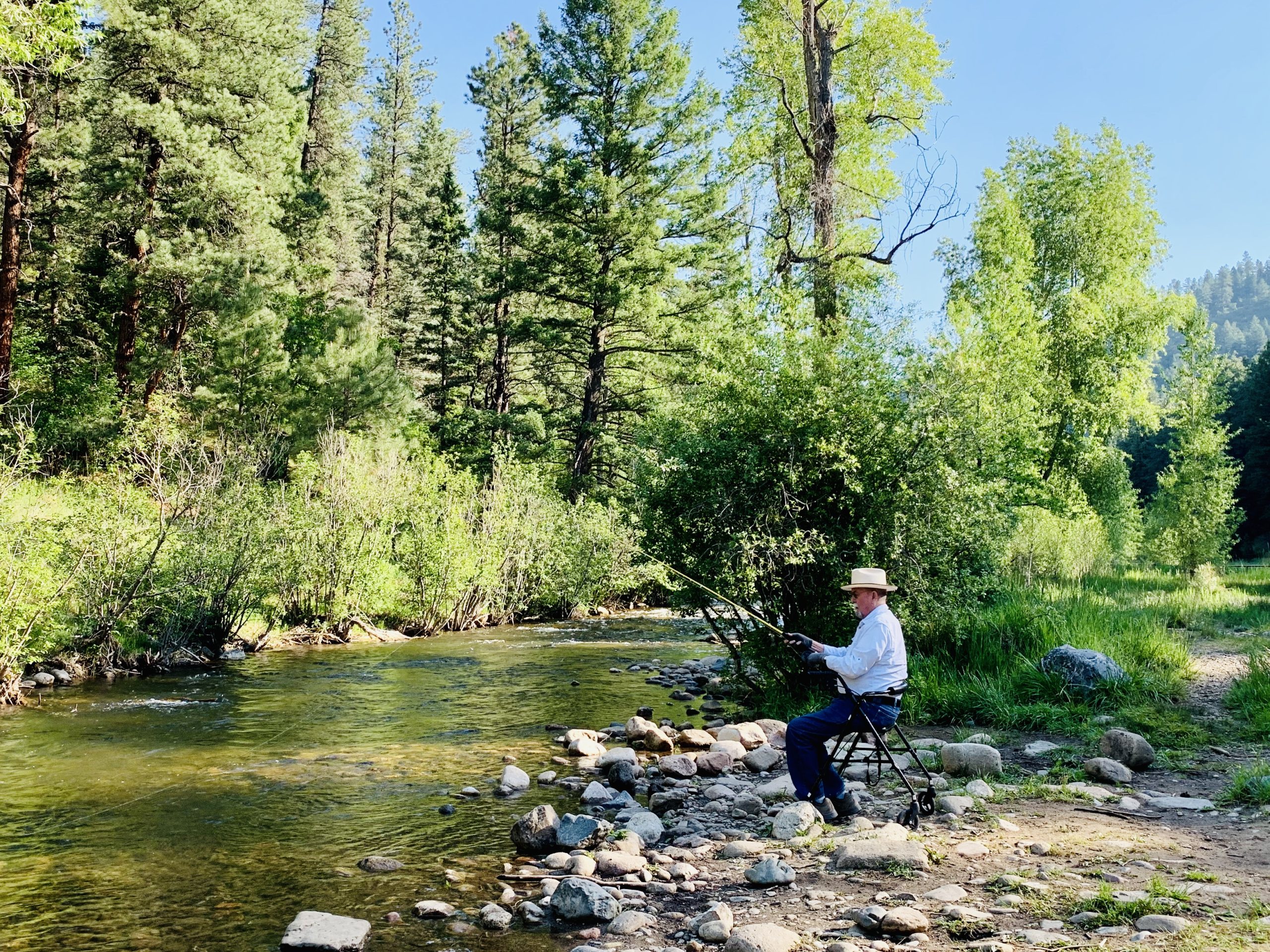
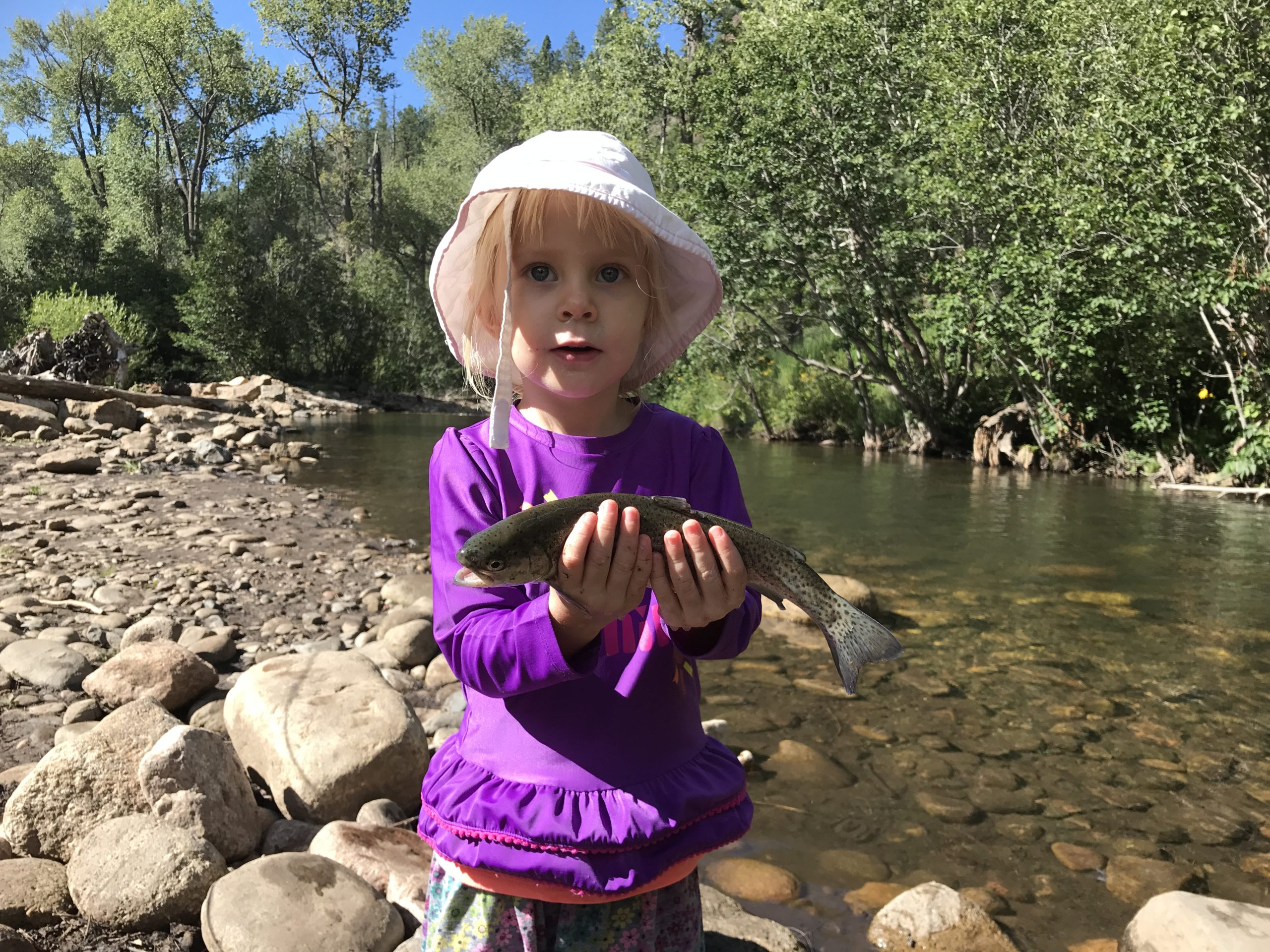
Where to Fish on the Pecos
There are simply too many places to fish to list. It’s a very accessible and popular river, which means it gets a lot of pressure. But with a little effort, you can escape the crowds and have incredible days on the water. A hike up the canyon to spots like the area between the Mora confluence and Cowles ponds, or beyond Jack’s Creek where the trail from Iron Gate connects with the river, can lead to solitude and great fishing.
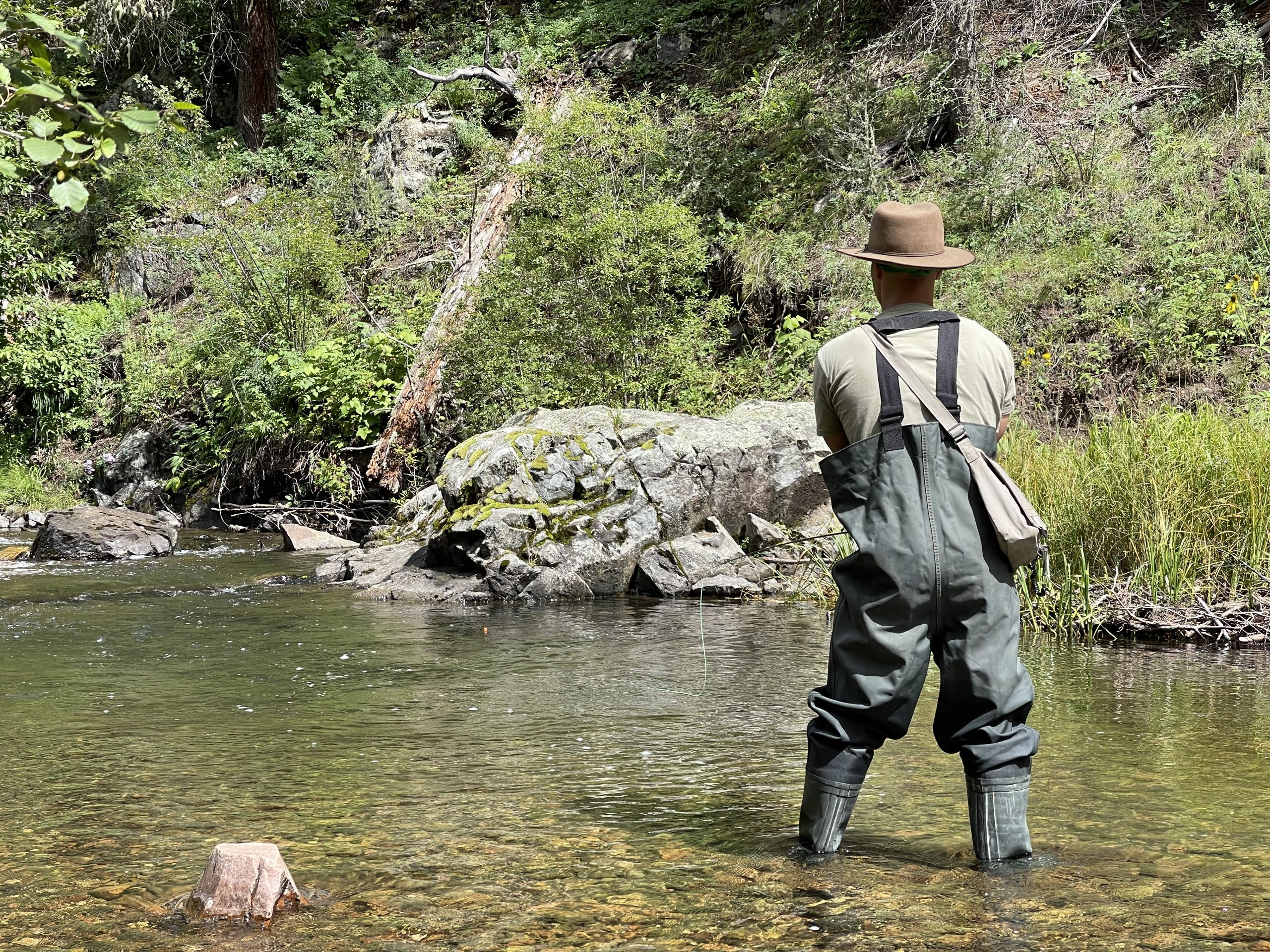
Better yet, with some advanced planning and a few extra bucks, you can reserve one of the lesser-fished beats in the Pecos National Monument Historical Park, just down the road from Pecos village. This is a fantastic option, allowing you to be one of only a handful of anglers fishing some truly special water that day. I’ve caught some of my biggest and most beautiful trout in the park. I’ve also had bad luck with the weather and been skunked. But one thing is always true—it’s a good day if you’re on the river, no matter the outcome.
Tips for Fishing the Pecos
If you’re new to fishing or just passing through, I highly recommend booking a guided trip with a local fly shop. The guides are both knowledgable and skilled, plus it supports the local economy.
I remember fishing a deep run above a fallen tree one summer. The conditions were ideal, so the spot was popular. My father and I fished one side while a guide and his clients fished the other, closer to the log. I remember thinking they had the better spot. Sure enough, one of them hooked a big fish. With careful coaching from the guide, he landed it—a nearly 20-inch wild brown trout that took a humble Copper John. The guide looked more surprised than the client. After a quick photo, he gently released the fish, much to the client’s dismay. The guide claimed the ecosystem needed that fish. I suspect he just wanted to come back later and try to catch it himself.
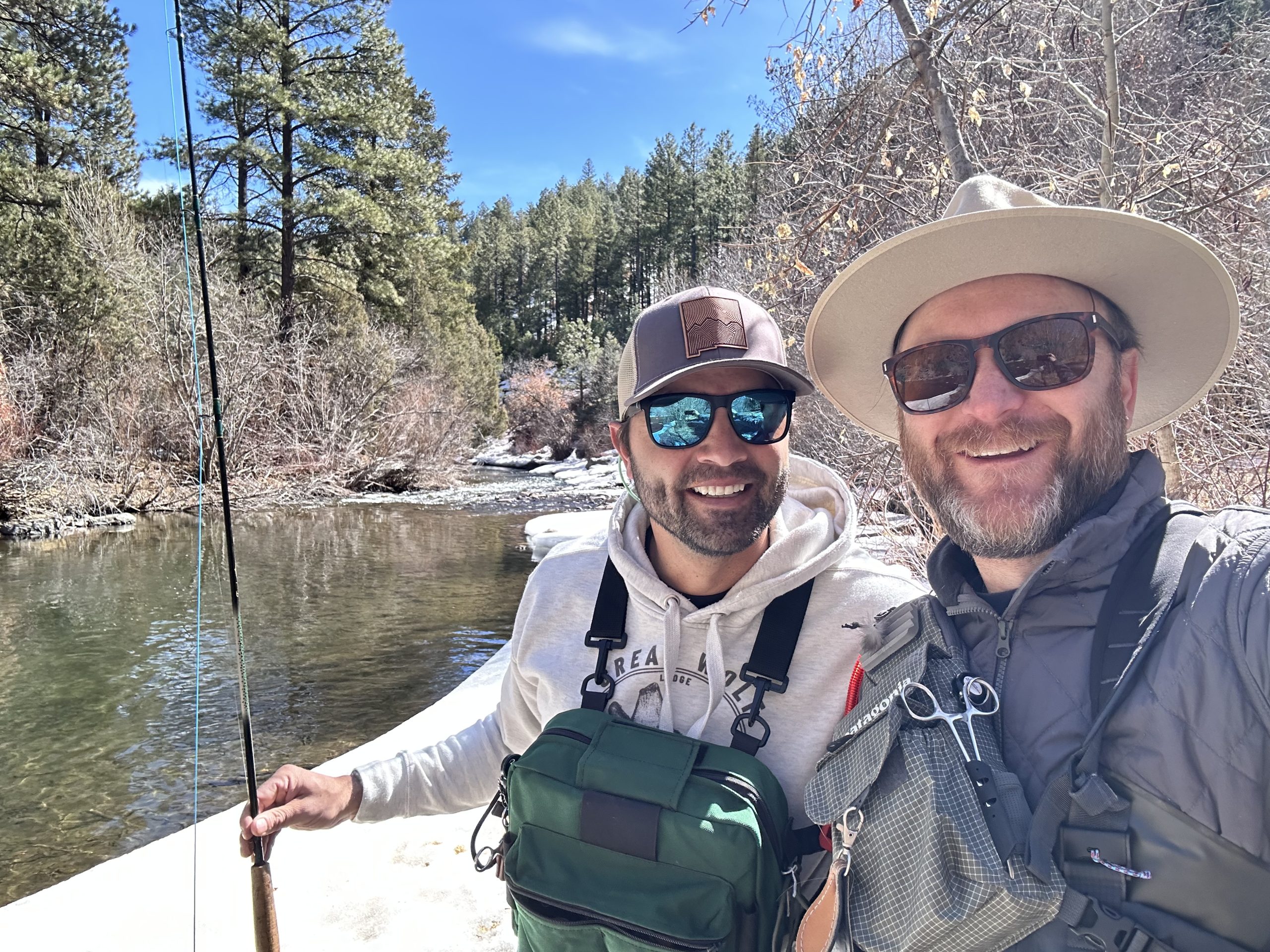
If you’re comfortable venturing out on your own, here are a few key tips for fishing the Pecos:
1. Get There Early
The early angler gets the best spots—and the best fish. If you start late, you may be limited to stocked fish in easily accessible areas. Get up early, cover a lot of ground, and be flexible. Look for promising pools and runs that others haven’t fished yet. Fish them thoroughly but don’t linger too long. If they don’t bite after a dozen or so solid casts, move up the river a bit and keep trying.
2. Find the Right Fly
The Pecos is full of hungry fish, but they can be selective. Start with the classics—Pheasant Tails, Gold Ribbed Hare’s Ears, Copper Johns, Prince Nymphs, and Elk Hair Caddis. If those don’t work, switch it up—try Perdigons, Zebra Midges, Woolly Buggers, or even Chamois Worms. Pay attention to what’s happening on the water, and match the hatch accordingly. Different flies work at different times of the year and even different times of the day.
3. Relax and Enjoy It
Don’t stress too much about catching fish. You’re standing in the middle of a river, deep in a beautiful canyon, surrounded by wilderness. It doesn’t get much better than that. Fish don’t respond well to anxious, sloppy anglers. Move gently and with patience. Keep your presentation graceful. Pay attention to the conditions, adapt as needed, and—most importantly—have fun.
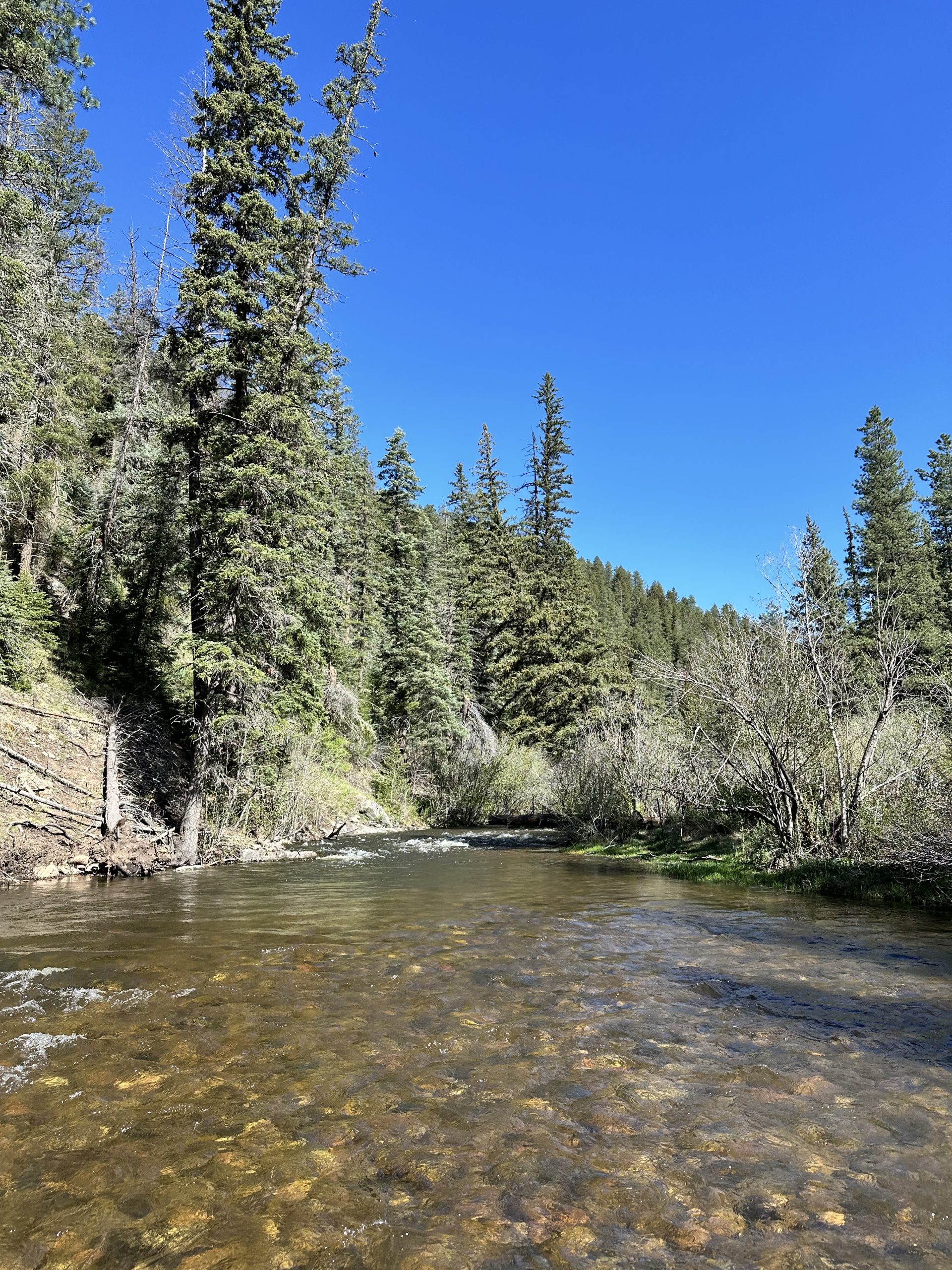
Trust me, if you take your time and immerse yourself in the experience, it’s easier and even more fun than it seems.
Tight lines!
– Patrick Iverson, Communications Chair
